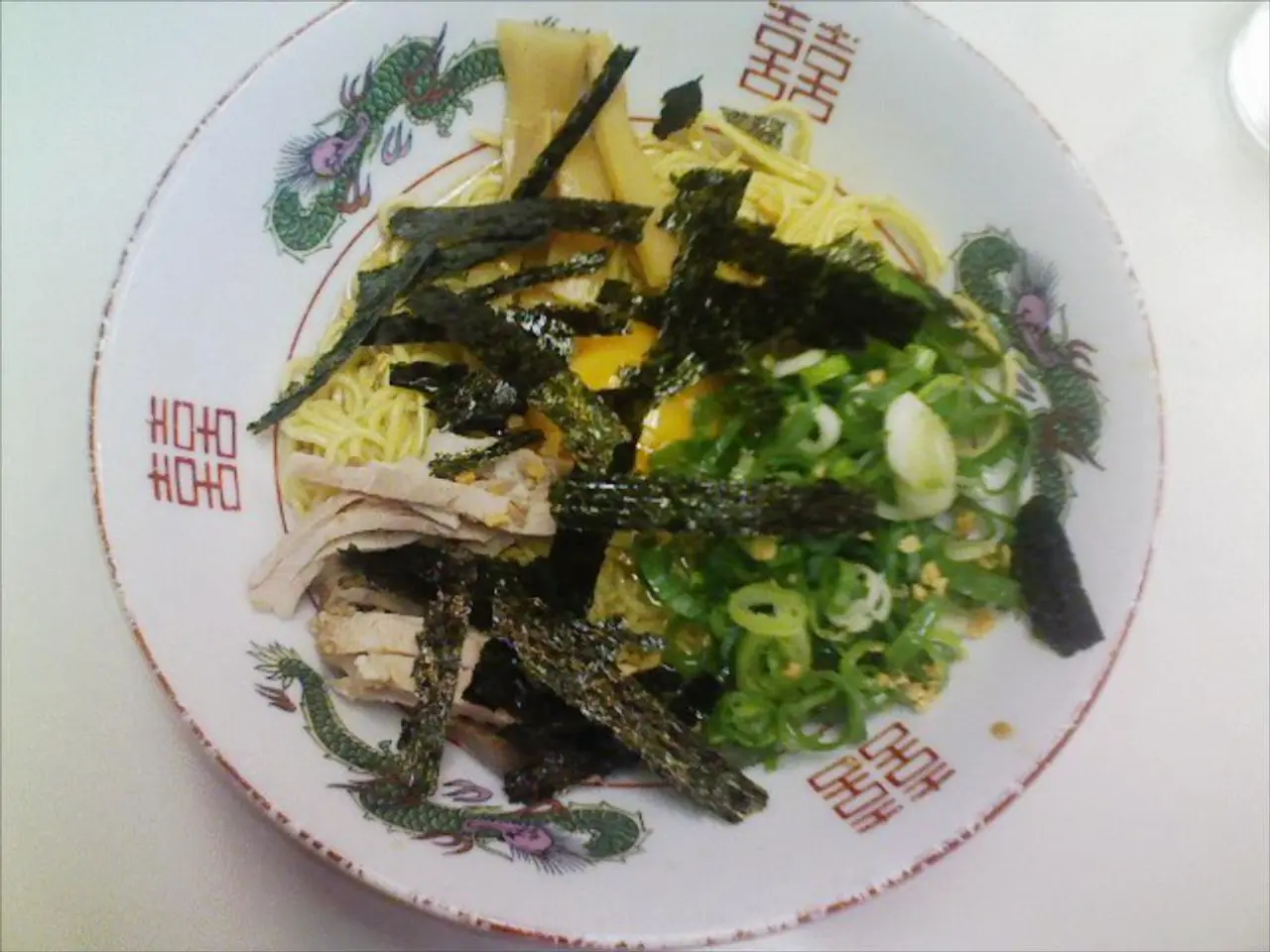Diabetes-Friendly Flatbreads: Tasty Grains that Maintain Blood Sugar Levels Naturally
In the quest for a healthier lifestyle, especially for those with diabetes, traditional flours like ragi, besan, jowar, bajra, and barley are proving to be valuable allies. These grains, known for their low glycemic index (GI), high dietary fiber, and beneficial nutrients, help regulate blood sugar levels and improve digestion.
Ragi, or finger millet, is rich in calcium and polyphenols, slowing down digestion and the release of sugar into the bloodstream. This makes it beneficial for people with diabetes, contributing to stable blood sugar control and supporting bone health.
Besan, made from ground chickpeas, is high in protein and fiber, which helps control blood sugar spikes and increases satiety. This makes it an excellent choice for diabetics. However, it's worth noting that occasional bloating or discomfort may occur, especially for those with sensitive digestion or Vata imbalance. Pairing it with digestive herbs like ajwain, fennel, or a warm glass of water during meals can help alleviate this.
Jowar, or sorghum, is another low GI grain that causes a slower rise in blood sugar and helps maintain satiety, supporting weight management and blood sugar regulation. It is gluten-free and contains antioxidants that reduce oxidative stress related to diabetes complications.
Bajra, or pearl millet, is a warming grain rich in magnesium and fiber. Like jowar, it helps slow glucose absorption and stabilize blood sugar. However, its heating nature may not be suitable during summer or for individuals prone to acidity or inflammation.
Barley, with its low glycemic index and rich beta-glucan fiber, slows sugar absorption, promotes better blood sugar levels, and supports overall digestion. It is a light, dry, and highly effective grain for blood sugar management. A good tip for consuming barley is to soak the flour before using it or combine it with moisture-rich ingredients to make it more digestible.
These traditional flours offer a variety and taste in the diet of diabetic individuals without compromising blood sugar control. Consuming rotis and other flatbreads made from these flours instead of regular wheat or refined flour can help avoid sudden blood sugar spikes while providing balanced nutrition and supporting sustained energy levels.
In summary, these traditional flours contribute to diabetes management by lowering post-meal blood sugar spikes due to their low GI, slowing digestion and glucose absorption via their high fiber content, providing essential nutrients like calcium, protein, and antioxidants, and being suitable substitutes for gluten-containing flours (especially jowar for gluten intolerance). Thus, they can be incorporated as part of a balanced diet to support overall wellness and better metabolic control in people with diabetes.
Sources: [1] Nutrition and You. (2021). Benefits of Finger Millet (Ragi). Retrieved from https://www.nutritionandyou.com/2017/08/ragi-benefits-finger-millet.html [2] Healthline. (2019). 8 Health Benefits of Sorghum. Retrieved from https://www.healthline.com/nutrition/sorghum-benefits [3] Medical News Today. (2019). Pearl millet: Nutrition facts and health benefits. Retrieved from https://www.medicalnewstoday.com/articles/326516 [4] Healthline. (2018). 10 Evidence-Based Health Benefits of Barley. Retrieved from https://www.healthline.com/nutrition/barley-benefits [5] Healthline. (2019). 9 Health Benefits of Chickpeas. Retrieved from https://www.healthline.com/nutrition/chickpeas-benefits
Science reveals that these traditional grains, such as ragi, besan, jowar, bajra, and barley, are valuable resources for maintaining health-and-wellness, particularly for individuals with diabetes. They are rich in nutrients like calcium, protein, fiber, and antioxidants, which support healthy-diets, improve digestion, and regulate blood sugar levels.







